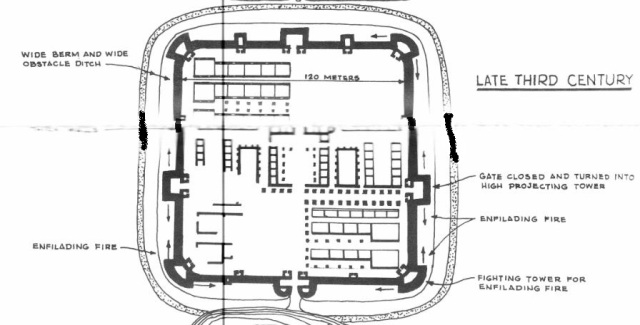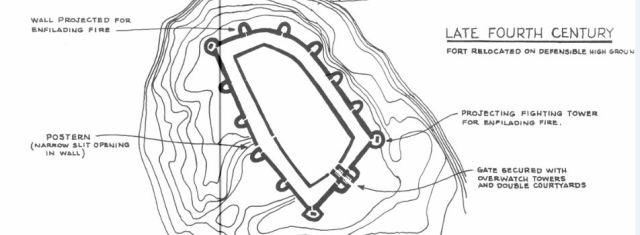Greetings,
This week we continued with Rome’s decline and saw the rise of Constantine, and with it a significant change in the history of the west.
The 3rd century AD was a bad one for Rome. General after general assumed power, with no real progress or change to show for it. In 284 Emperor Diocletian took control, and one might surmise, here for the first time in a while was a sane man. He realized that:
1. Rome was too big to control himself. He divided up the empire into administrative regions and delegated much of his power, which was quite unusual for a Roman emperor.
2. Rome’s problems went far beyond the military. They had a ‘spiritual’ or ‘moral’ problem at heart. Diocletian sought to revive Roman values, tradition, and religion.
Diocletian was a man of insight in this regard, but his solution begs the following questions:
1. Can you ‘go home again’? Can you use force to create things like patriotism, or belief in general, for that matter?
2. Was Christianity a threat to Rome? In one sense the answer is of course, ‘no.’ In general Christians were good citizens who could have breathed new spiritual life into Rome. But in another sense, Diocletian shows his insight by recognizing that Christians were indeed a threat to Rome’s values of strength, pride, and power. Christianity baffled Rome by preaching weakness and humility. His persecution of Christians was Rome’s last and most intense. It’s failure only helped contribute to the ‘triumph’ of the Church.
I mentioned in class that I feel bad for Diocletian. Far from being mad with power, he actually sought to divest himself of power to make Rome more secure. He saw the various political and economic problems Rome faced and realized that their real problems lie deeper — in culture and morality. He had some keen insights, but came to disastrous conclusions from those insights.
We see some of this transition in the busts made of Diocletian. Here, early in his life, he reflects the typical Greek image so prevalent among his predecessors:
But later in life, he abandoned that for a much more Roman look, consistent with his goal of revitalizing Rome:
Still, Diocletian’s persecution of Christians only continued Rome’s blindness. They failed to see their own selves as the problem. Typically, they projected their problems onto others. As many historians have noted, Rome’s own decadence, decline, and violence helped create a spiritual vacuum that Christianity filled.
Not surprisingly, Diocletian’s passion for re-ordering Rome through direct control spilled over into his desire to control Rome’s economy and manage prices throughout the empire. Price-controls in any circumstance almost always have negative effects. Price-controls across an expanse as vast and diverse as the Roman empire would without question bring disaster.
With the rise of Constantine, some new questions emerge:
1. Would Constantine’s support of the Church be good for society? Would it be good for the Church? If we arrive at different answers for those questions, should we favor the Church or society?
2. Constantine claimed to be a Christian, but as emperor he had many official duties related to the old Roman religion. Can a leader have ‘two bodies,’ one public and the other private? If he represents more than just himself, might he have duties that put him in conflict with his private convictions? What should leaders do in these situations? Does Constantine’s dual roles put his ‘conversion’ into doubt?
On another note. . .
Next week I want to show the students another kind of archeological evidence. Roman fort design changed over the centuries, and these changes tell a story.
In the second century AD, their forts looked like this:
The relatively little effort put towards defense shows the openness and confidence of not just the army itself, but the army’s sense of security in occupied territory. Rome may very well have expected a good relationship in its provinces.
But we see things change in the next century:
Now they placed much more emphasis on defense, and the trend continues in the 4th century, where Rome not only focused on defense, but made sure to build forts on the high ground:
The nature of Rome’s army, and the nature of its relationship to the world outside Rome, had changed dramatically.
Dave Mathwin




